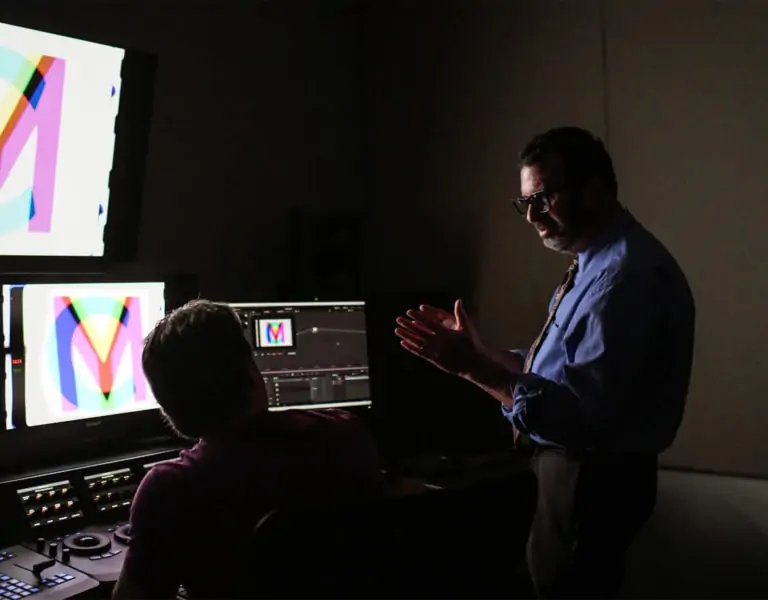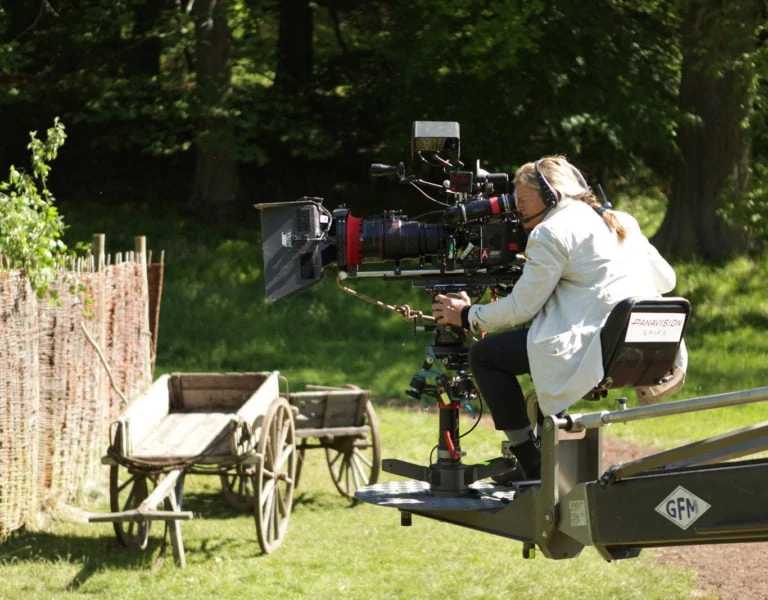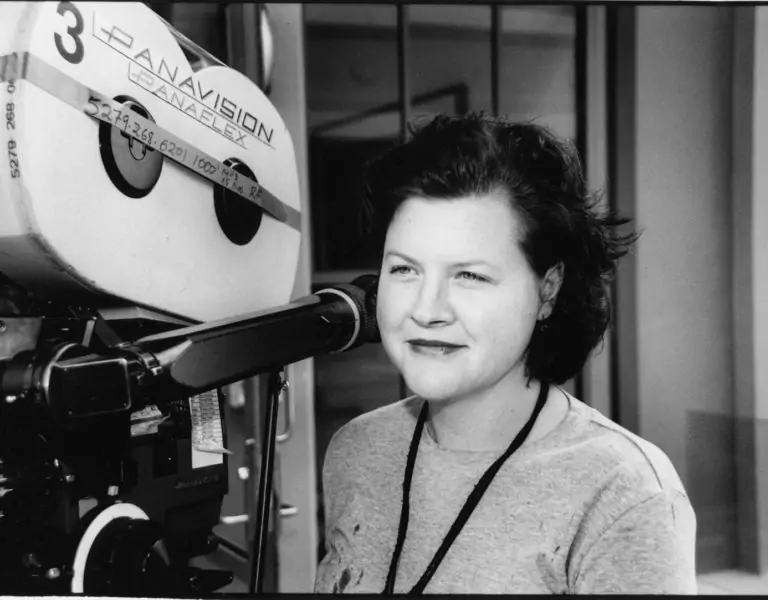Home » Features » Opinion » Letter From America »
Our world of cinematography has experienced technically disruptive monumental changes over the last 25 years. Although we still need a lens, a recording device, and light to make pictures, that’s about all that’s similar to loading film in a camera and making moving pictures. Our old ways were simpler in ways and more difficult in other ways than how we work today.
However, there are new tools that I think make our work much easier.
Let’s look at this from three points of any job.
The first interview: There is no better resource for the kind of information you will need to gather before you go in for your first meeting than IMDB Pro.
At Cardiff University an English film fan and computer programmer started a list about actresses with beautiful eyes. Soon friends joined in and started three other lists. The lists were put on the fledgling internet as Cardiff Internet Movie Database. The list grew very rapidly, adding more categories and titles. Hobbyists helped the database grow and spread. The database was run on a network of mirror sites across the world with donated bandwidth.
In 1998, what started as a hobby was purchased by Amazon and it grew exponentially. In 2002, IMDB Pro was launched and has become the amazing source of information that it is today. I’ve been a subscriber since the beginning, and I am amazed at its functionality. I must refer to it at least five to ten times a day. And I always prepare for any meeting by doing research that you could only do on IMDB Pro.
Now that you’ve gotten the meeting, we are all being asked to sell our ideas of what the look of the movie will be with a look book. You are asked to create a presentation to impress the director and producers that you have a vision even before you’ve met the director. Wouldn’t it be better to have a library of over 250,000 4K images from 1,800 different movies at hand to create ‘your vision’? That library is a wonderful program called Shot Deck.
Shot Deck was created by director of photography Lawrence Sher ASC (Joker and currently Black Adam) as a personal project over the last several years because he had to make a presentation on every meeting he went to. So, he started collecting images for a database he created. He created a beta program and allowed his testers to mine movies for images. It quickly turned into a very large crowd source for this task. Without this very easy to use tool it can take days researching and finding what you may need for a presentation. The program has recently gone commercial at a very reasonable rate. Go to https://shotdeck.com and try it out (Shot Deck offers a free two-week trial).
Once you’ve brilliantly gotten the job, impressed the producers with your knowledge of the business, and gotten the director to fall in love with your ideas for the cinematography – and if you are really good at all of this, you might even hear something like “that‘s exactly what I was thinking…” – you will need to dive into prep.
So, if you are like me, you start making copious notes and drawings and even use your own lining system to plan your production. Some of us use drawing or photos pasted on the facing page. And as soon as you are well into the process the production starts sending script revisions. Now what?
I would start copying my notes and drawings and the lining by hand. It became so tedious I started hiring production assistants to painstakingly start transferring to the new clean script.
Then came Scriptation.
You start using a terrific program called Scriptation which not only allows you to do everything you’ve done by hand so many times before, but it will transfer all the notes and lines and pictures and facing pages and eliminating the deletions and notating that process into the new pages. It will colour code actors. It can house set plans, shot lists, camera diagrams, and even Artemis photos. And Scriptation can live in the cloud.
It is available for Mac, iPad, and iPhone, and you can try it for one month free. Go to their site to see how much of our past work the platform can accomplish (https://scriptation.com).
And now for the greatest tool ever! This one’s been around since 1935 when the American Society of Cinematographers first published the American Cinematographer Handbook and Reference Guide. This pocket-sized 84-page tome was the first of its kind to offer accurate information on motion-picture film characteristics, lenses and their use, depth of field guides, the effects of filtration, frames-per-second camera speeds, shutter angles and their effect on exposure, and many other vital subjects.
The Handbook was updated and revised through nine editions until 1960 when the ASC published the even more substantial American Cinematographer Manual.
We have now arrived at the 11th Edition of the American Cinematographer Manual with all new articles and instead of charts we have QR codes to lead you to the information. It will be available this Spring, probably by the time you read this column.
This is an amazing amount of relevant, current, and modernised information that we all need to do our jobs. From basic digital concepts to VR and beyond, over 700 pages painstakingly edited by David Mullen ASC and Rob Hummel.
I’ve actually never gone on a job that I didn’t carry the latest version of the manual with me. My first was given to me by my mentor when I left for college. One of my last was given to me with my name embossed on it because I was president of the ASC. And that 8th edition brought an accommodation for the ASC by the Motion Picture Academy. These were proud moments indeed. And I will be very excited to get my new 11th Edition. There is no more practical and useful a gift than having a copy of ‘The Knowledge.’

















